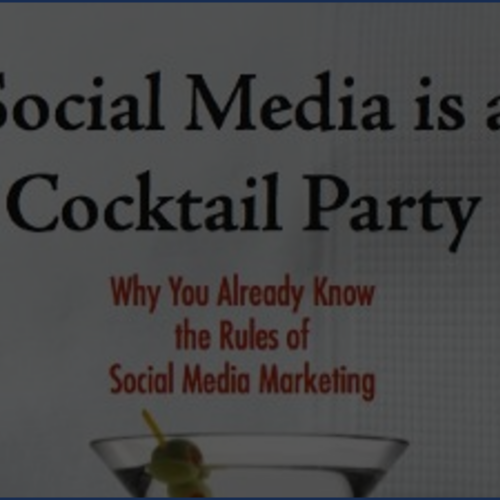
13 Feb The Anti-Social Super Bowl: Where Social Integrations Were Missing from The Big Game
The 2024 Super Bowl ads fell flat when it came to social media integration, a stark contrast from previous years where brands led real-time conversations and engagement on platforms like Twitter and Instagram. This year, brands played it safe with celebrity-filled ads light on calls-to-action, resulting in little online discussion.
If you’d rather read along, we’ve also summarized the discussion in the article below.
In our analysis of over 60 commercials that aired during the 2024 Super Bowl, we found that only a handful utilized hashtags or prompted viewers to connect on social. Dove was one of the few brands that made social part of their strategy, promoting a guide for coaches to boost girls’ self-confidence in sports. Meanwhile, most advertisers like TurboTax and Dunkin’ completely ignored the opportunity to continue the conversation online.
So why did brands miss the mark on social this year? Our experts point to several factors:
The Decline of Twitter for Real-Time Conversations
Twitter used to be the go-to platform for reacting to live events like the Super Bowl. But with the platform’s diminished state since Elon Musk’s takeover, there’s no longer an ideal space for instant, viral conversations during the game. Brands may have felt that other networks like Instagram and TikTok didn’t lend themselves as well to driving real-time engagement.
The High Cost of Super Bowl Ads
At over $7 million for 30 seconds, brands are careful about how they use each precious second in these wildly expensive ads. Calls to action or instructions to connect on social media can eat up valuable airtime. Some advertisers likely calculated that the time wasn’t worth it if they weren’t confident it would drive significant engagement.
Shift Towards First-Party Data Collection
Some think brands focused more on driving viewers to their own websites and collecting first-party data versus pushing social media engagement. Many ads this year like Webelieveinghosts.com lacked any social callouts altogether. This may have been an attempt to avoid relying on third-party data from social platforms due to new data privacy laws.
What This Means for Brands
While the social strategies fell flat this Super Bowl, brands still need to find ways to connect with audiences online. Creative social activations in the lead-up to the game can generate significant buzz, as Michael Cera’s viral TikTok with CeraVe demonstrated. Brands should also consider lower-lift options like throwing a hashtag on the end of ads to capture conversations without sacrificing valuable airtime.
Social listening also remains critical for identifying trends and opportunities, like Skechers’ ad referencing the popular Mandela Effect conspiracy theory. Even without driving engagement themselves, brands can still learn from online conversations to improve future marketing.
The Super Bowl ads may have been anti-social this year, but that doesn’t mean social media marketing is dead. Savvy brands will evolve their strategies and find new ways to integrate social data and connections to drive meaningful business results. The game is changing, not disappearing altogether.
Need help with social activations/campaign ideas, or any other social media marketing support? Just complete the form below, and we’ll get in touch quickly to start the conversation.






